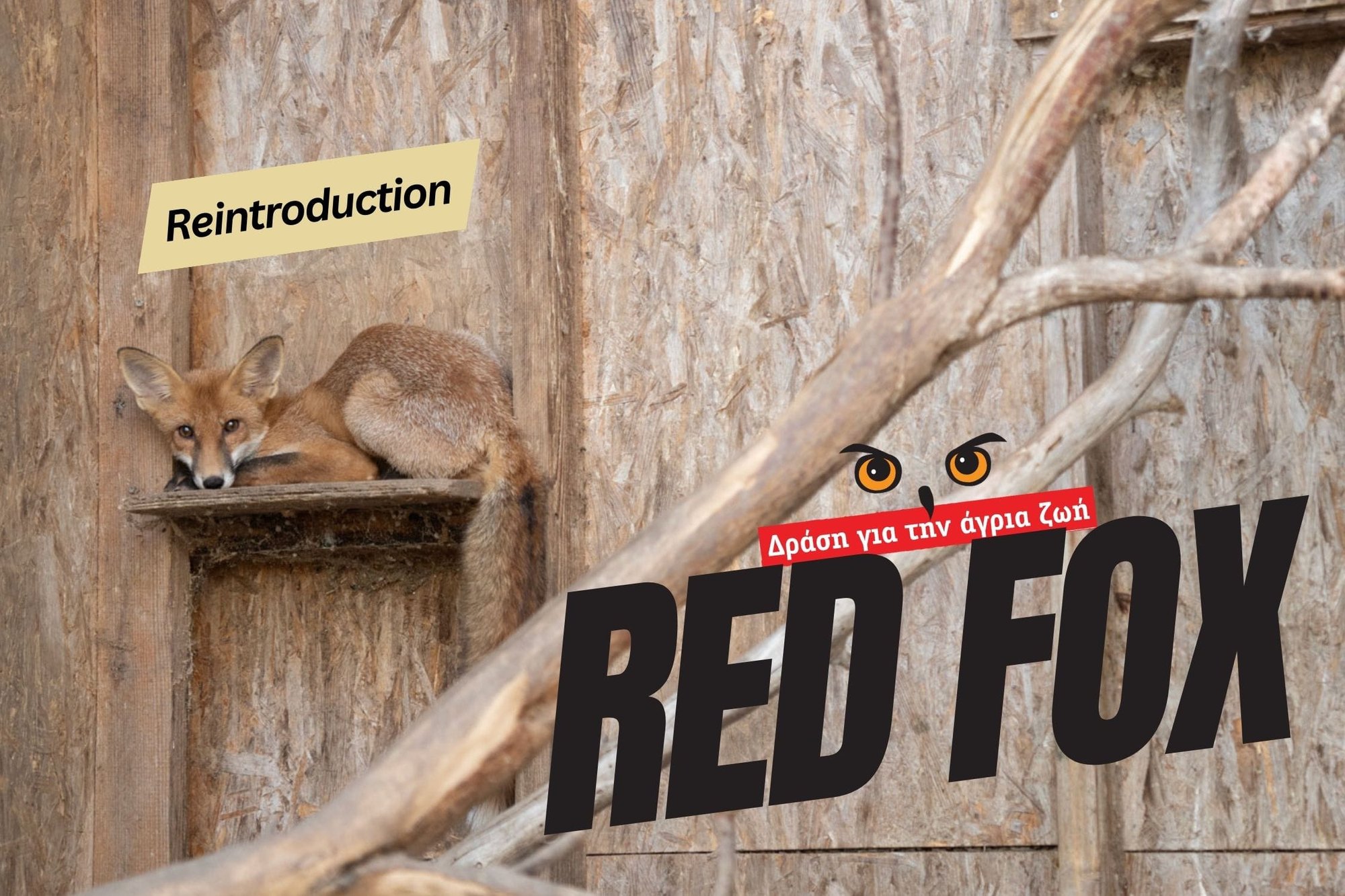In collaboration with the Action for Wildlife, I am proud to present my new video, which captures the emotional release of two young foxes in Northern Greece.
This project highlights the importance of biodiversity conservation and the protection of wild animals in their natural habitats.
The release of the foxes is the result of months of care and rehabilitation efforts by specialists. Sophia Prousali, a veterinarian and President of the Action for Wildlife, shares with us the long-term care these foxes received, one of which had been hit by a car and the other injured by another animal.
Through the video, you will witness the foxes returning to their natural home, fully recovered and ready to explore and survive in the wild.
The red fox (Vulpes vulpes) is one of the most common wild animals in Greece, but it faces various challenges that threaten its survival in its natural habitat. One of the biggest issues is habitat loss due to increasing human activities, such as the expansion of agricultural and urban areas. This loss of shelter and food sources makes survival more difficult for foxes, especially in rural regions.
Another factor is road accidents. Many foxes lose their lives or are seriously injured by vehicles, as they often move near roads in search of food. At the same time, illegal hunting and the use of poisoned baits are significant threats to their population.
Climate change also affects food availability, while diseases like rabies and echinococcosis have negative impacts on fox populations.
One organization in Greece that is dedicated to wildlife protection, including foxes, is Action for Wildlife. This organization is involved in rescuing, rehabilitating, and releasing injured and sick wild animals, including foxes. It also raises public awareness about the importance of protecting biodiversity.
Collaboration with such organizations is vital for addressing the challenges that threaten foxes in Greece. Protecting natural ecosystems and combating illegal hunting remain key objectives for ensuring the survival of this species.







